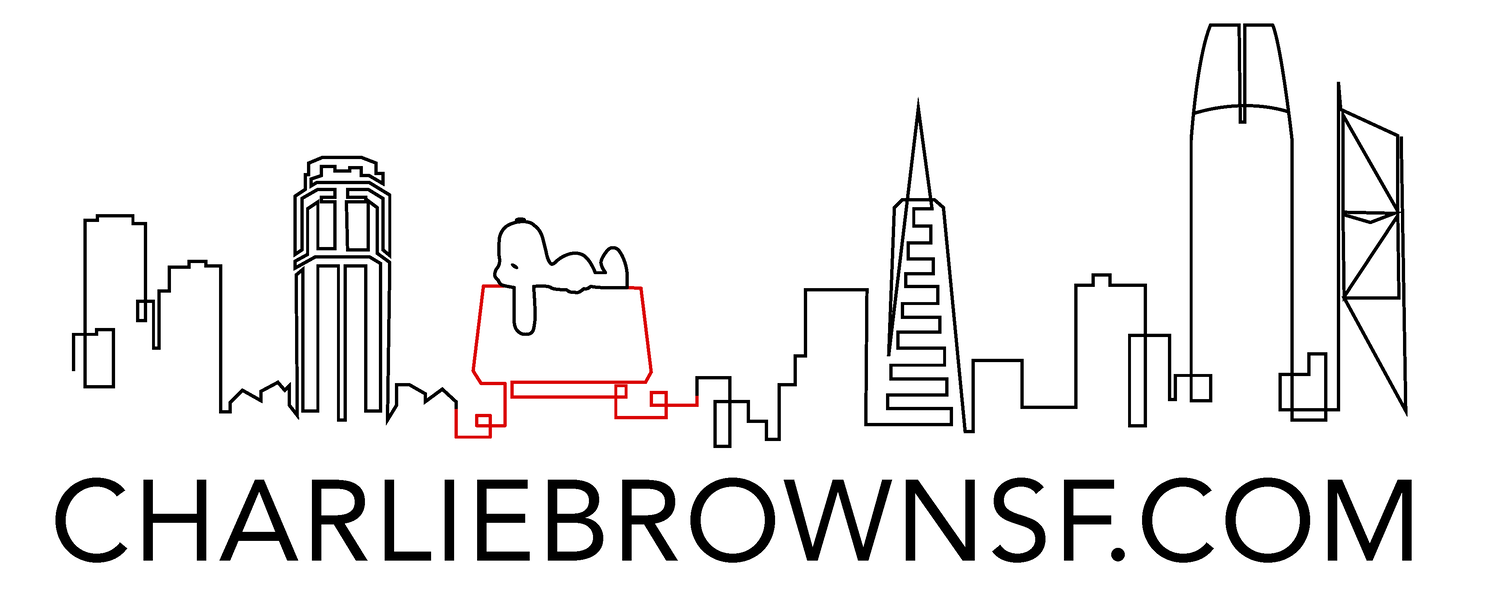The Power of Location: How Your Neighborhood Shapes Property Value
Location is a pivotal factor in determining property value, influencing not only the market price but also the quality of life for residents. For families, considerations such as school quality, access to parks, safety, community activities, housing options, and overall family-friendliness are paramount. Understanding how these elements interplay with location can provide valuable insights for prospective homeowners and investors alike.
School Quality
Proximity to reputable schools significantly enhances property values. Families often prioritize educational opportunities for their children, leading to increased demand for homes near high-performing schools. This demand can drive up property prices, as parents are willing to invest more to ensure quality education. Conversely, areas with underperforming schools may experience stagnation or even depreciation in property values.
Access to Parks and Recreational Facilities
Green spaces and recreational facilities contribute to the desirability of a neighborhood. They offer residents areas for leisure, exercise, and community gatherings, enhancing the overall appeal of the location. Properties adjacent to parks often command higher prices due to the added aesthetic and recreational benefits. However, it's essential to balance these developments to prevent environmental gentrification, where improvements lead to increased property values that may displace long-term, lower-income residents.
Safety and Crime Rates
Safety is a fundamental concern for families when choosing a home. Neighborhoods with low crime rates are more attractive, leading to higher property values. Conversely, areas with higher crime rates may see reduced demand, negatively impacting property prices. Investments in community policing and safety initiatives can enhance neighborhood desirability and, subsequently, property values.
Community Activities and Social Cohesion
A vibrant community with regular events and strong social networks fosters a sense of belonging among residents. Such neighborhoods often see increased demand, as families seek environments where they can engage and connect. This heightened demand can drive up property values, reflecting the intangible benefits of community cohesion.
Housing Options and Diversity
A diverse range of housing options caters to different family sizes and income levels, making a neighborhood more inclusive and attractive. Areas offering various housing types, from single-family homes to apartments, can appeal to a broader demographic, sustaining demand and supporting property values. Conversely, neighborhoods with limited housing options may struggle to attract new residents, potentially leading to stagnation in property values.
Environmental Factors and Climate Resilience
Environmental considerations, such as susceptibility to natural disasters or climate change impacts, play a crucial role in property valuation. Areas prone to flooding, wildfires, or other environmental hazards may see decreased property values due to the associated risks and insurance costs. Conversely, locations that are climate-resilient or have implemented effective mitigation strategies may experience increased demand, positively influencing property values. However, it's important to be mindful of climate gentrification, where safer areas become more desirable, potentially displacing existing residents due to rising costs.
Transportation and Accessibility
Easy access to transportation hubs, major highways, and public transit systems enhances a property's value by providing convenience and reducing commute times. Neighborhoods with robust transportation infrastructure attract more buyers, leading to increased demand and higher property prices. The bid rent theory supports this, suggesting that land users will compete for the most accessible locations, driving up land values in those areas.
Economic Development and Employment Opportunities
Proximity to employment centers and thriving commercial districts boosts property values by offering residents job opportunities and economic stability. Areas experiencing economic growth attract more residents, increasing demand for housing and driving up property prices. Conversely, regions with limited employment prospects may see decreased demand and stagnant property values.
Historical and Cultural Significance
Neighborhoods with rich histories or cultural landmarks often attract buyers interested in the unique character and stories these areas offer. This uniqueness can lead to increased demand and higher property values. However, it's crucial to balance development with preservation to maintain the cultural integrity that makes these neighborhoods desirable.
Market Trends and Speculation
Real estate markets are influenced by trends and speculative investments. Areas gaining popularity due to emerging trends, such as the development of exclusive members' clubs, can see rapid increases in property values. For instance, proximity to posh members' clubs has been associated with higher property prices, as these establishments enhance the area's prestige.
However, such trends can also lead to gentrification, affecting the affordability and diversity of neighborhoods.
Final Thoughts…
The impact of location on property value is multifaceted, encompassing factors from educational opportunities and safety to environmental resilience and cultural significance. For families, prioritizing aspects like school quality, access to parks, and community cohesion is essential when considering a home purchase. Understanding these dynamics enables buyers to make informed decisions that align with their lifestyle and investment goals, ensuring a harmonious balance between personal satisfaction and financial prudence.


